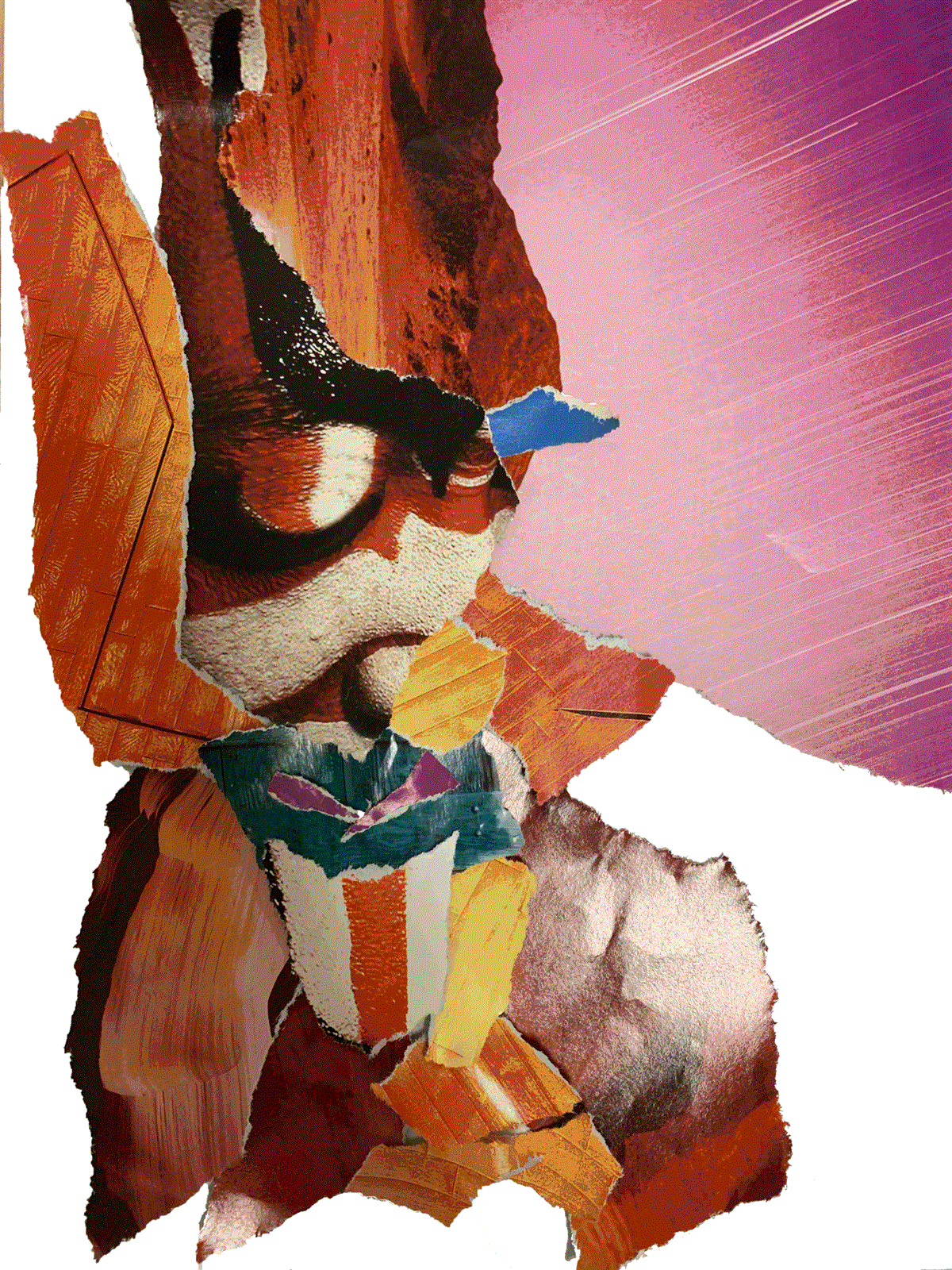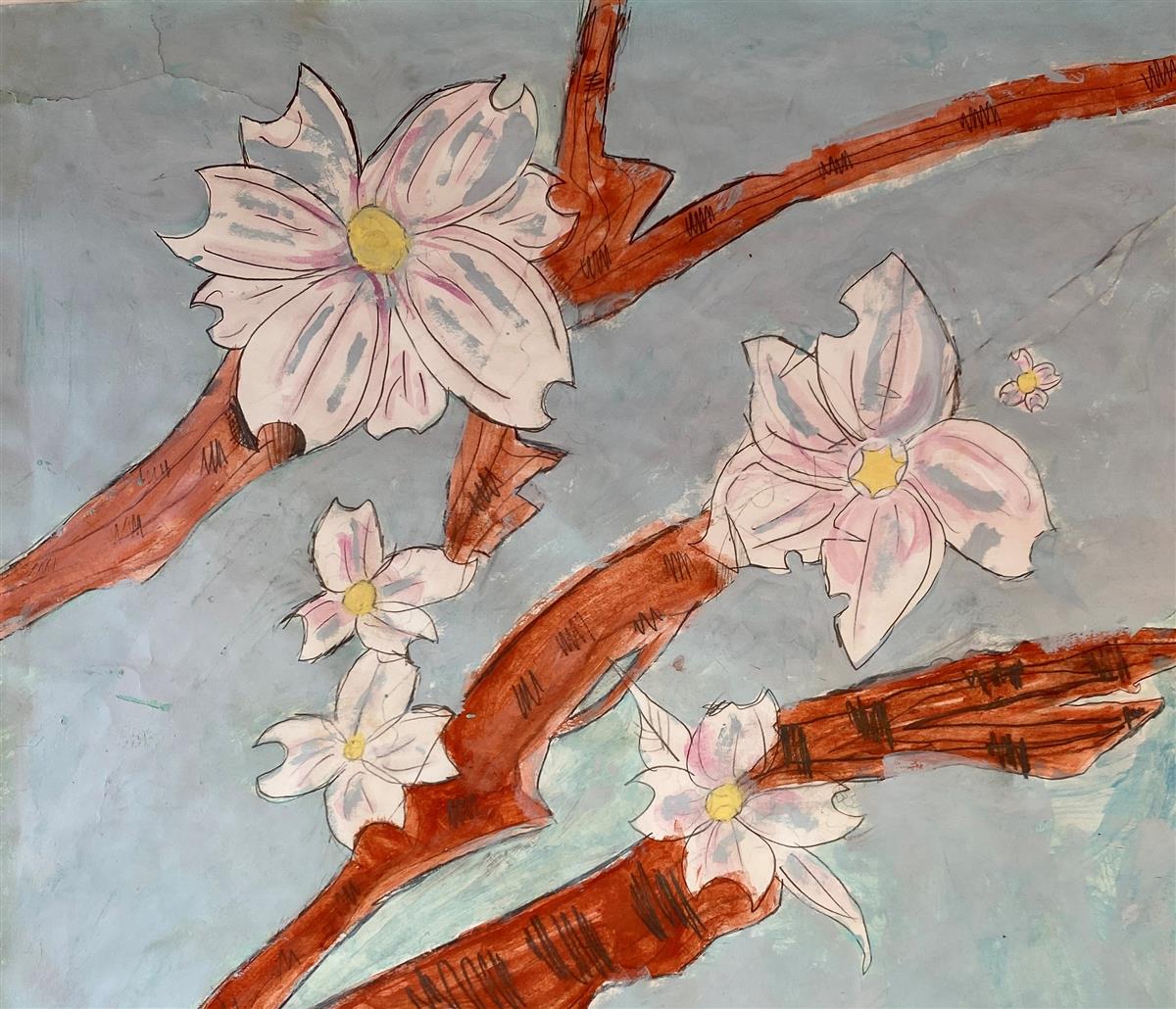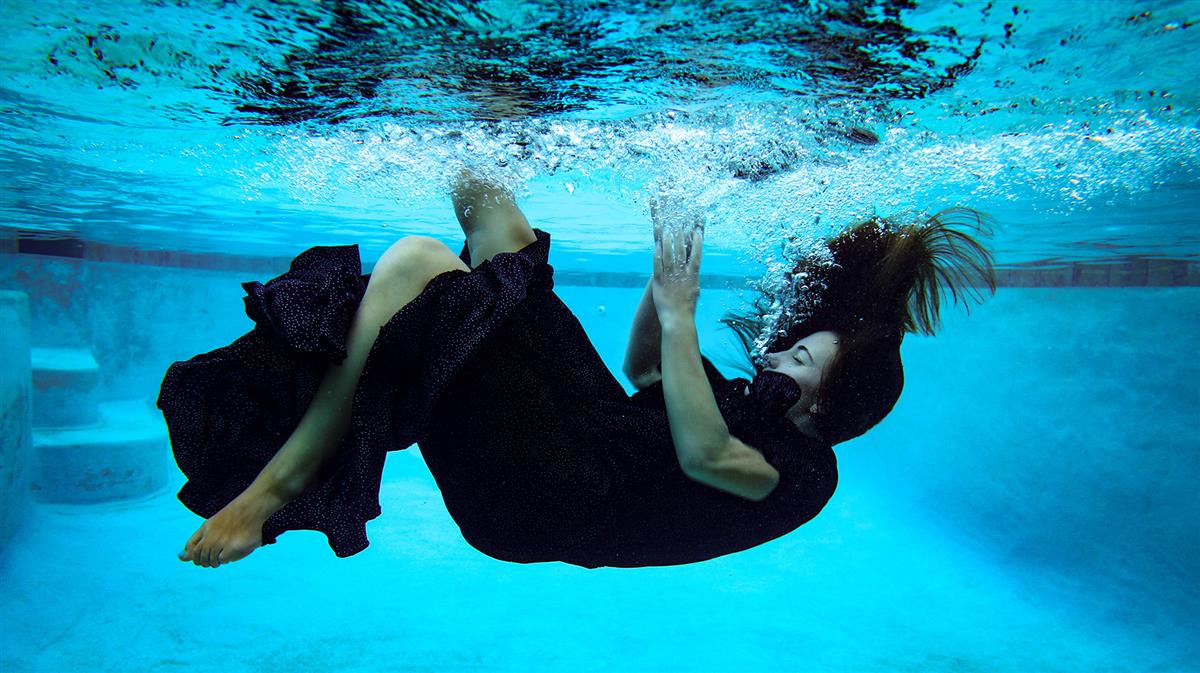Visual Arts
-
CMS Visual Arts Education builds students' skills through:
- Creativity and Innovation: Visual arts encourage creative thinking and problem-solving, allowing students to explore new ideas and express themselves in unique ways.
- Cognitive Development: Engaging in visual arts enhances critical thinking and analytical skills, as students learn to interpret and evaluate different forms of art.
- Cultural Awareness: Studying visual arts exposes students to diverse cultures and histories, promoting appreciation and understanding of various artistic traditions and perspectives.
- Emotional Expression: Visual arts provide an outlet for students to express their emotions and experiences, fostering emotional intelligence and self-awareness.
- Fine Motor Skills: Creating art helps develop fine motor skills and hand-eye coordination, which are essential for various daily tasks and activities.
- Collaboration and Social Skills: Many art projects involve teamwork, teaching students how to collaborate, communicate, and respect different viewpoints.
- Confidence and Self-Esteem: Sharing artwork can boost students’ confidence and self-esteem as they receive feedback and recognition for their creativity.
- Engagement and Motivation: Visual arts can enhance student engagement and motivation in school, making learning more enjoyable and meaningful.
- Interdisciplinary Connections: Visual arts often intersect with other subjects, such as history, science, and literature, enriching students’ overall educational experience.
Incorporating visual arts into K-12 curricula supports holistic development, equipping students with essential skills and fostering a lifelong appreciation for creativity and culture.














